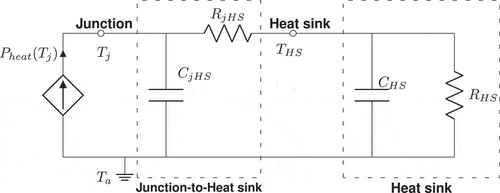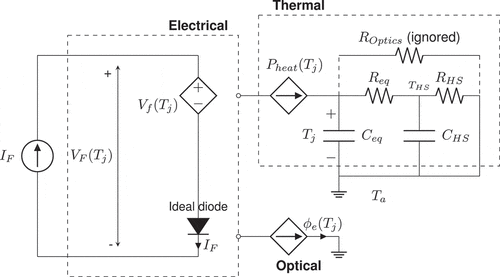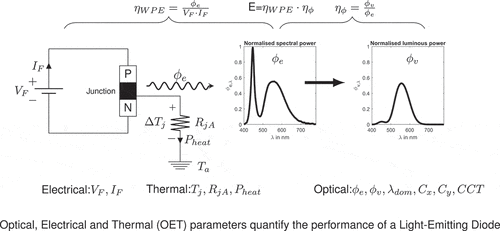Figures & data
Figure 1. Optical, Electrical and Thermal (OET) parameters are used to quantify the performance of a LED
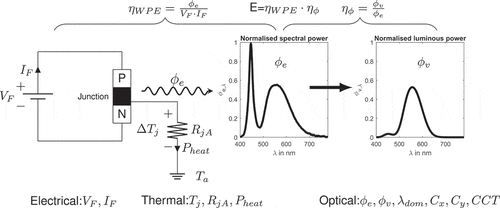
Figure 2. Mutual dependency of optical, electrical and thermal parameters of a LED luminaire represented in the form of cause and effect representation
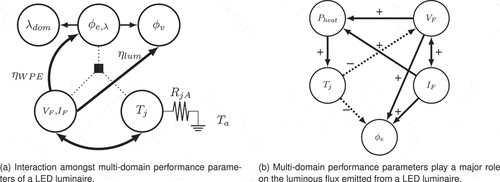
Figure 3. Exponential nature of -
characteristics, a small change in forward voltage
creates a large change in forward current
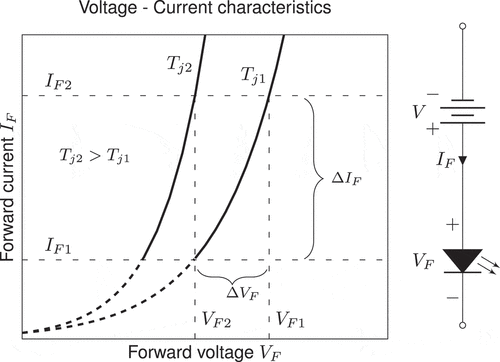
Figure 4. Linear relationship between forward voltage and junction temperature under constant current conditions

Figure 5. Mutual dependency of electrical and thermal characteristics of a LED. Constant forward current operation prevents thermal run-away.
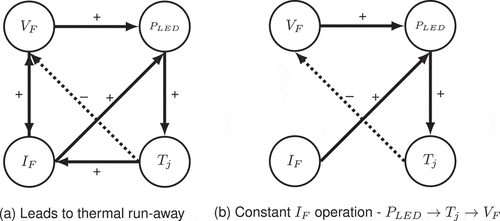
Figure 7. Electrical characteristics of DURIS P8 GW PUSRA1.PM manufactured by OSRAM represented using piecewise-linear model. the model parameters are extracted from the electrical characteristics and represented in a equivalent circuit
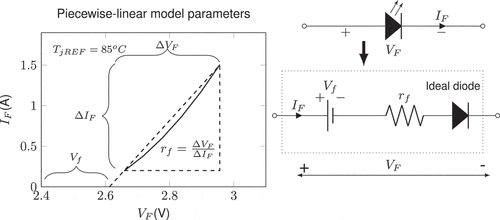
Figure 8. Deriving temperature-dependent PWL model of LED from temperature dependence of electrical characteristics
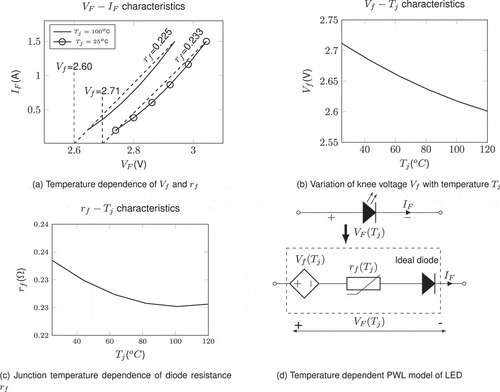
Figure 9. LED equivalent circuit driven by current source, derived from PWL model of electrical characteristics. Approximate electrical equivalent circuit of an LED under forward biased condition ()

Figure 10. The constant-voltage-drop model derived from the LED forward characteristics and its equivalent-circuit representation
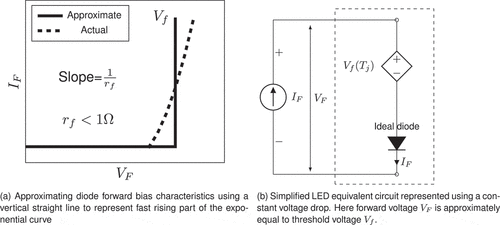
Figure 11. A fraction of electrical power applied to a LED is converted into visible light
and rest needs to be dissipated as waste heat
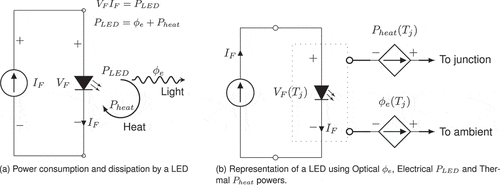
Figure 12. Dynamic thermal model and compact thermal model of an LED mounted on a heat sink. one dimensional heat conduction path from junction-to-ambient in a LED

Figure 14. Comparison of thermal resistances and effect of aging and degradation on thermal resistance. With aging thermal resistance increases with time
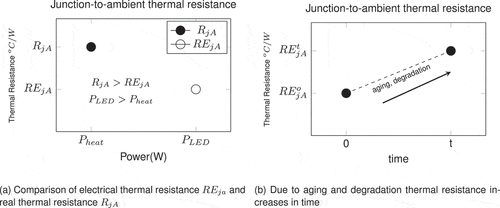
Table 1. Parameters for multi-domain compact model development for LEDs


